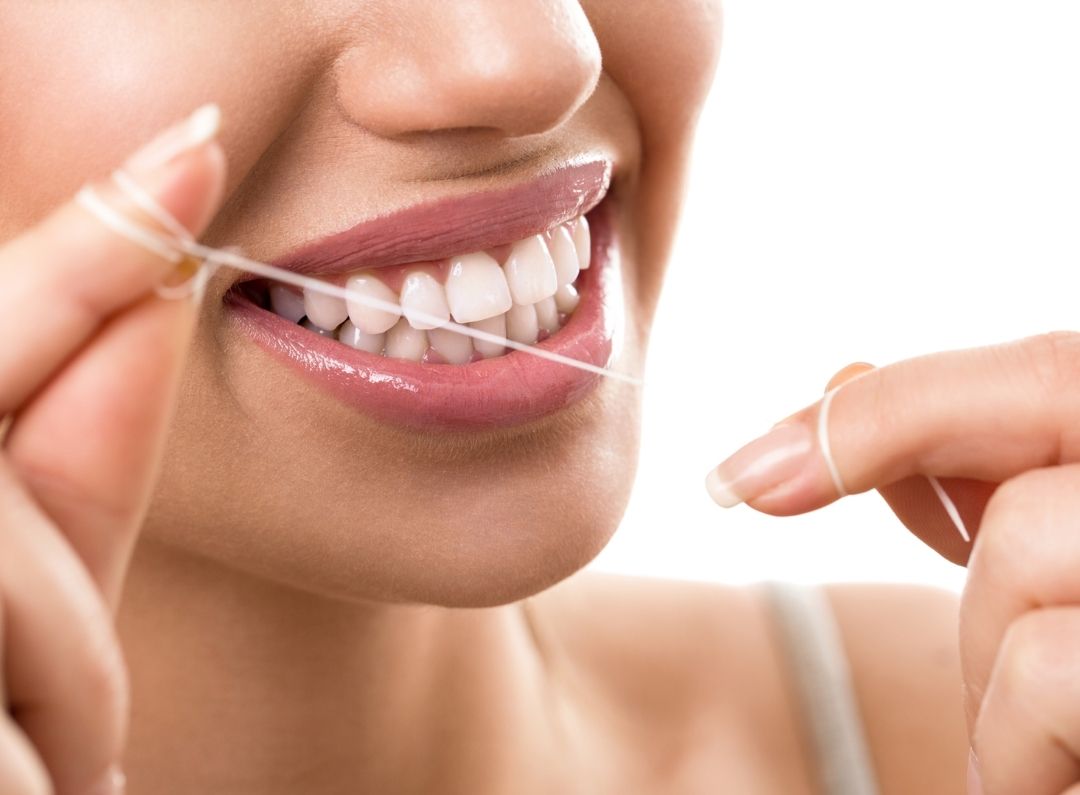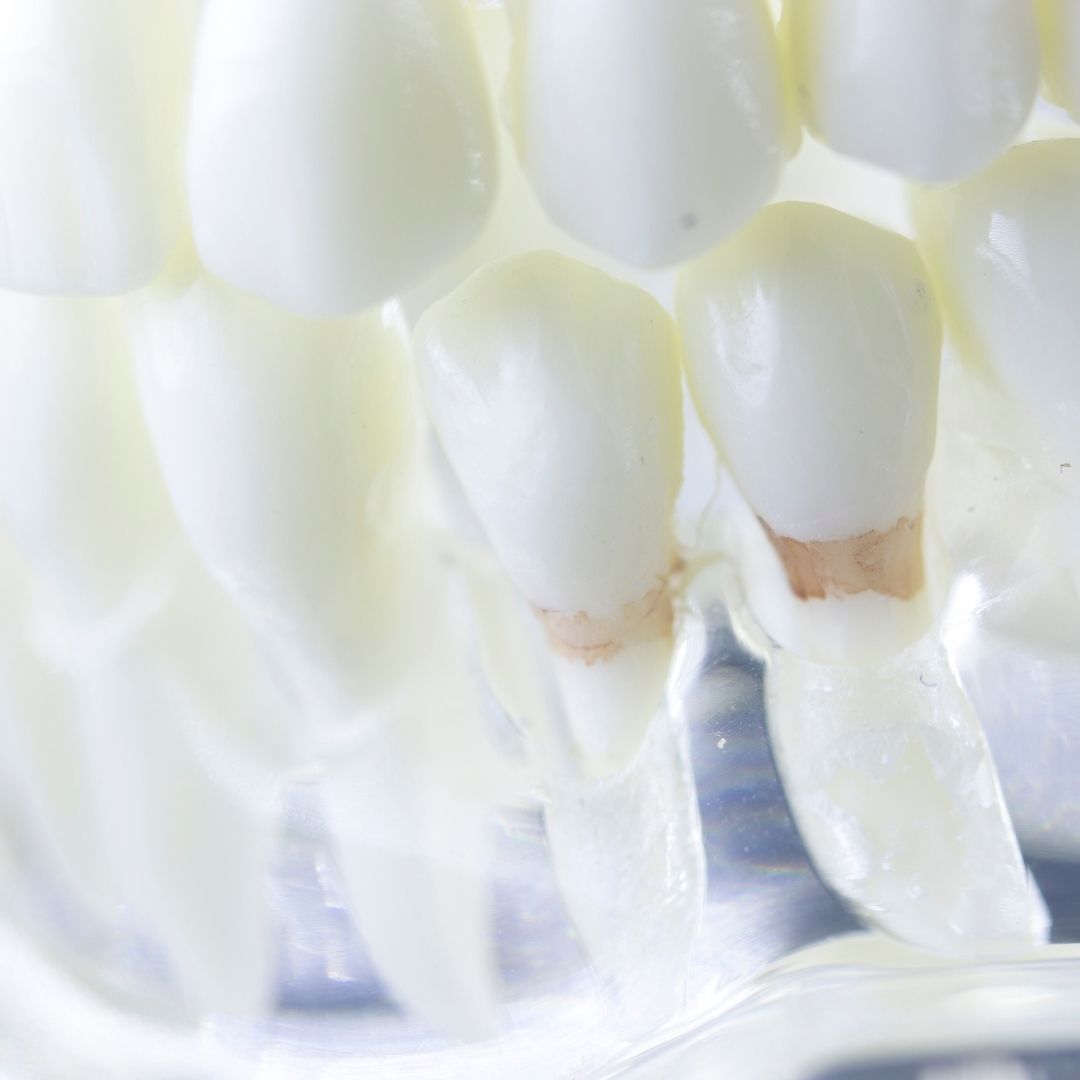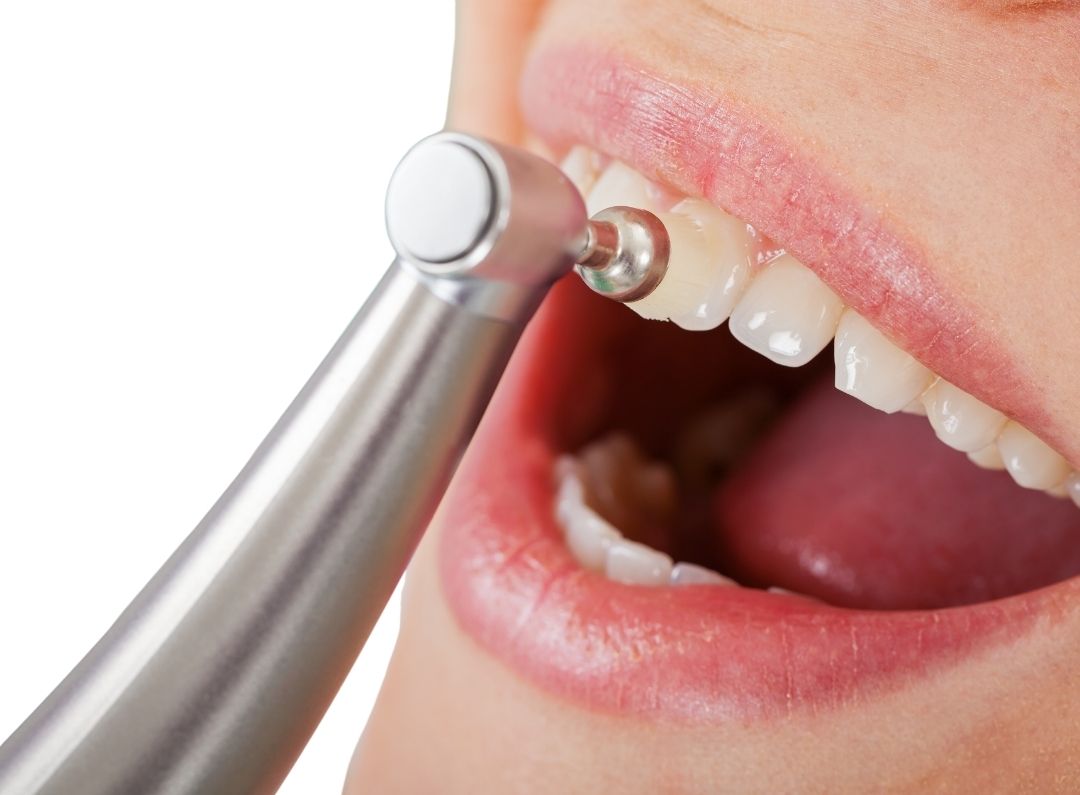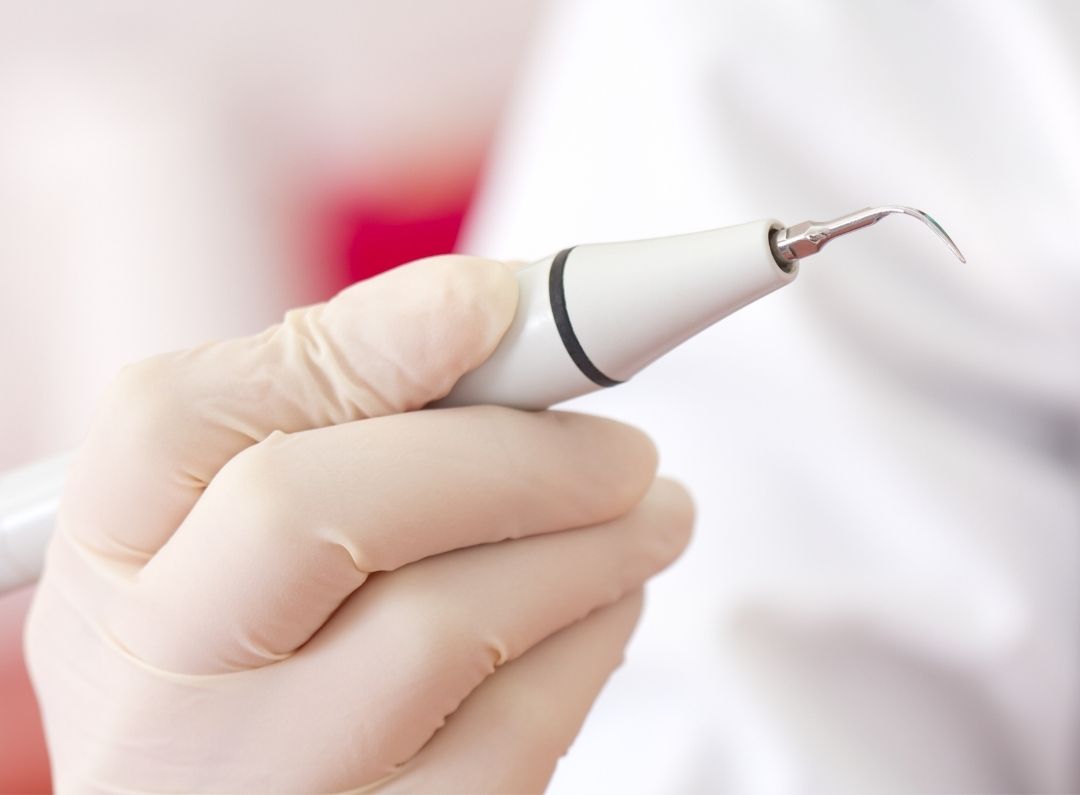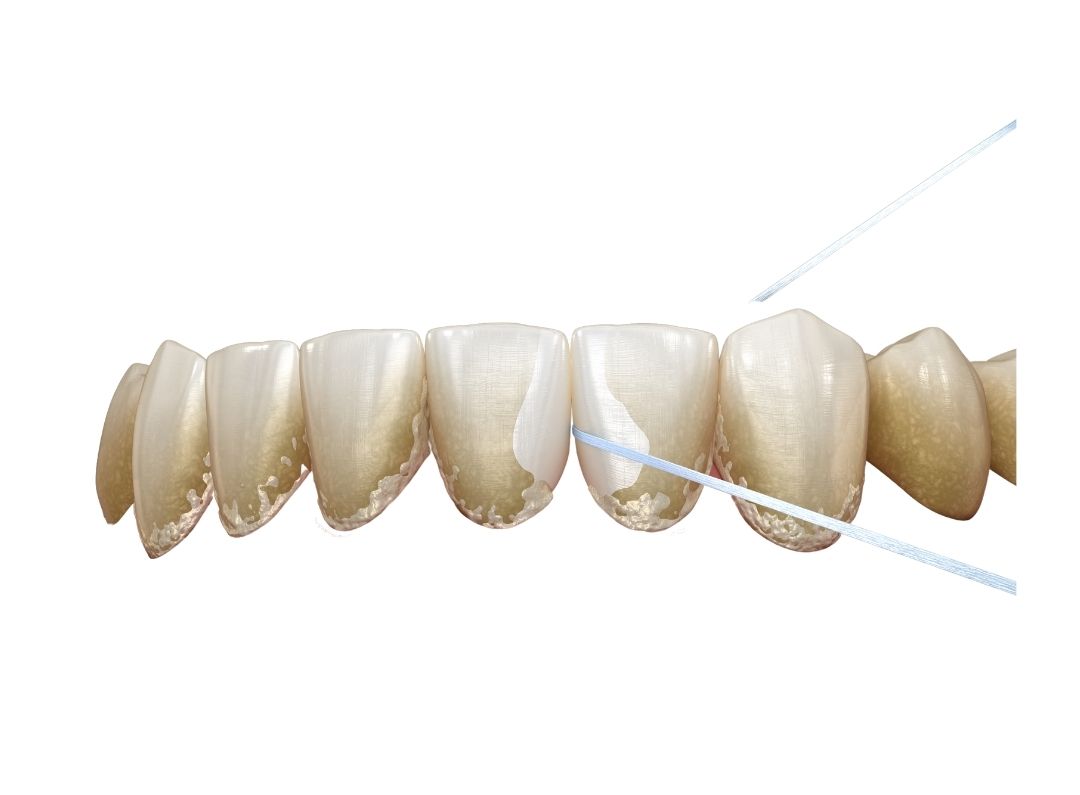Tartar cleaning is a simple and completely painless, non-invasive, and safe method of removing supragingival and subgingival hard and soft deposits on the teeth, and even black pigmentation in the area where the teeth and gums meet, as well as pigmentation caused by smoking and food consumption.
Cleaning tartar is primarily a medical treatment, but we also classify it as a preventive method.
Tartar is formed by the mineralization of dental plaque, which normally forms on the teeth as soon as a few hours after brushing. It is not possible to remove the formed dental tartar with the usual, regular oral hygiene. Its removal instead requires an expert, as well as the use of various instruments that soften and remove deposits.
Bacteria from dental plaque and tartar cause inflammation of the gums – gingivitis. Clinical signs of gingivitis include red and swollen gums that bleed to the touch. Untreated gingivitis, in combination with additional risk factors, can advance into periodontitis – inflammation of the supporting dental structures, which affects not only the gums but also the periodontal fibers and alveolar bone. The gums become red and swollen and bleed to the touch, there is irreversible loss of bone and mobility, and the teeth loosen and eventually fall out.
Dental plaque and tartar contain large amounts of acid-producing bacteria, which destroy the tooth enamel and cause caries. Tartar also retains plaque and these areas then carry an increased risk of caries.
The procedure is completely painless and safe. It is important to emphasize that before sandblasting it is absolutely necessary to remove tartar in order to obtain the best possible result.
Sandblasting should not be done if there are signs of gingivitis or untreated periodontitis. In that case, it is first necessary to cure the gums so that they are free of inflammation and bleeding.
Pigmentation on the teeth is most often a reflection of a person’s lifestyle:
- Smoking
- Drinking coffee, tea, red wine, fruit and vegetable juices
- Rough enamel, bumps, and crowded teeth
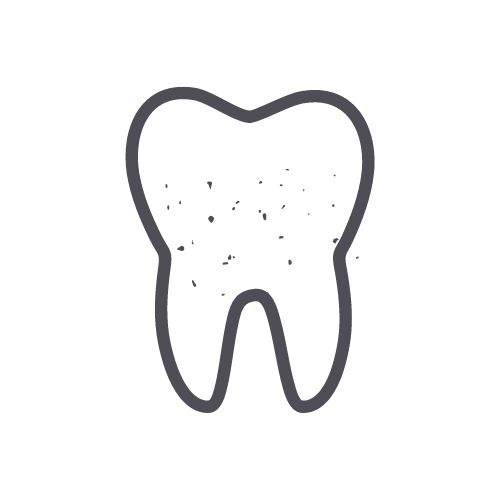
Dental tartar
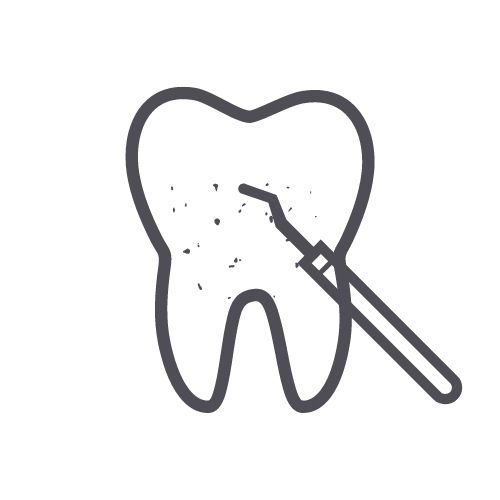
Tartar cleaning, polishing and sandblasting

30 min






